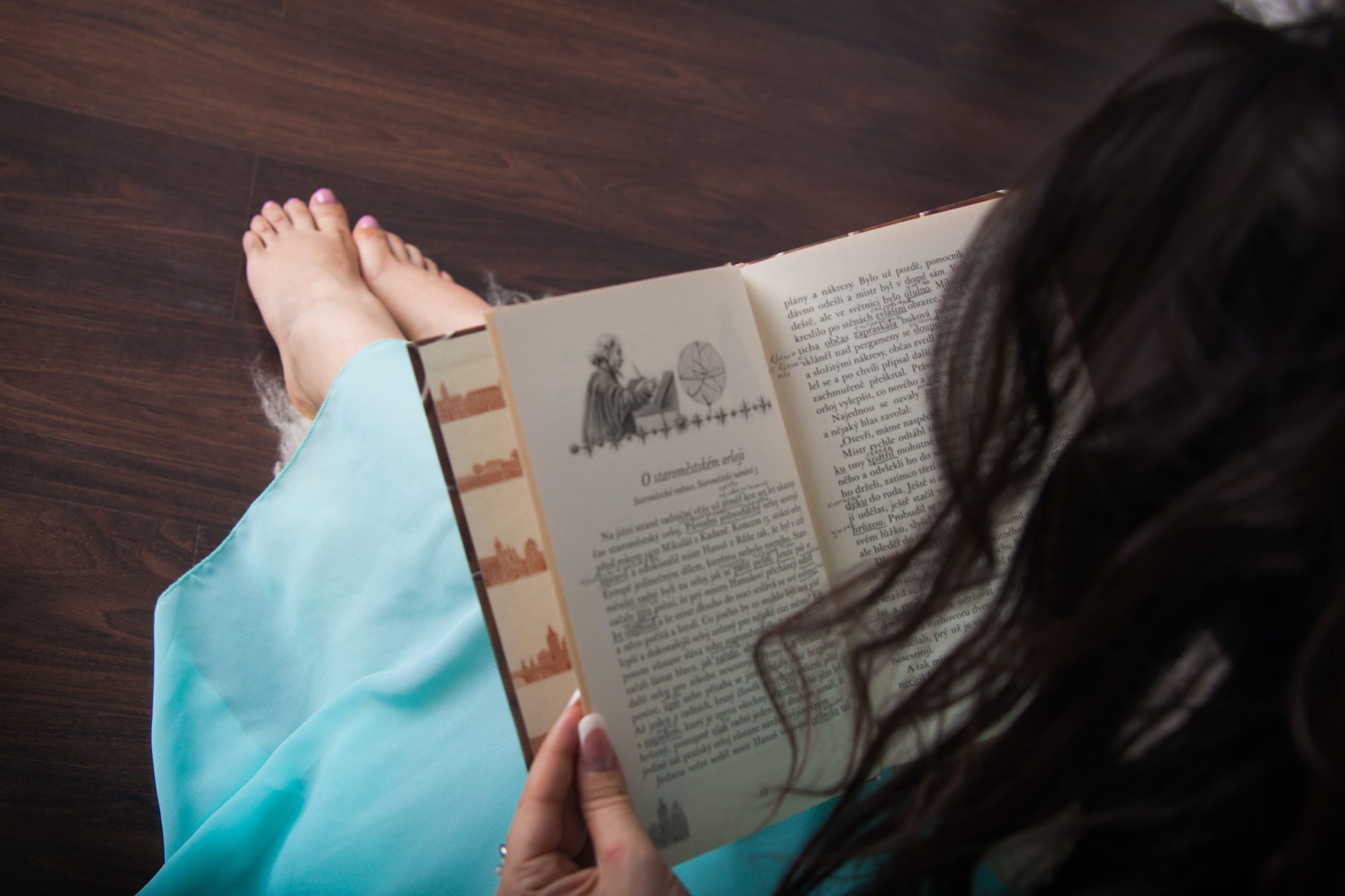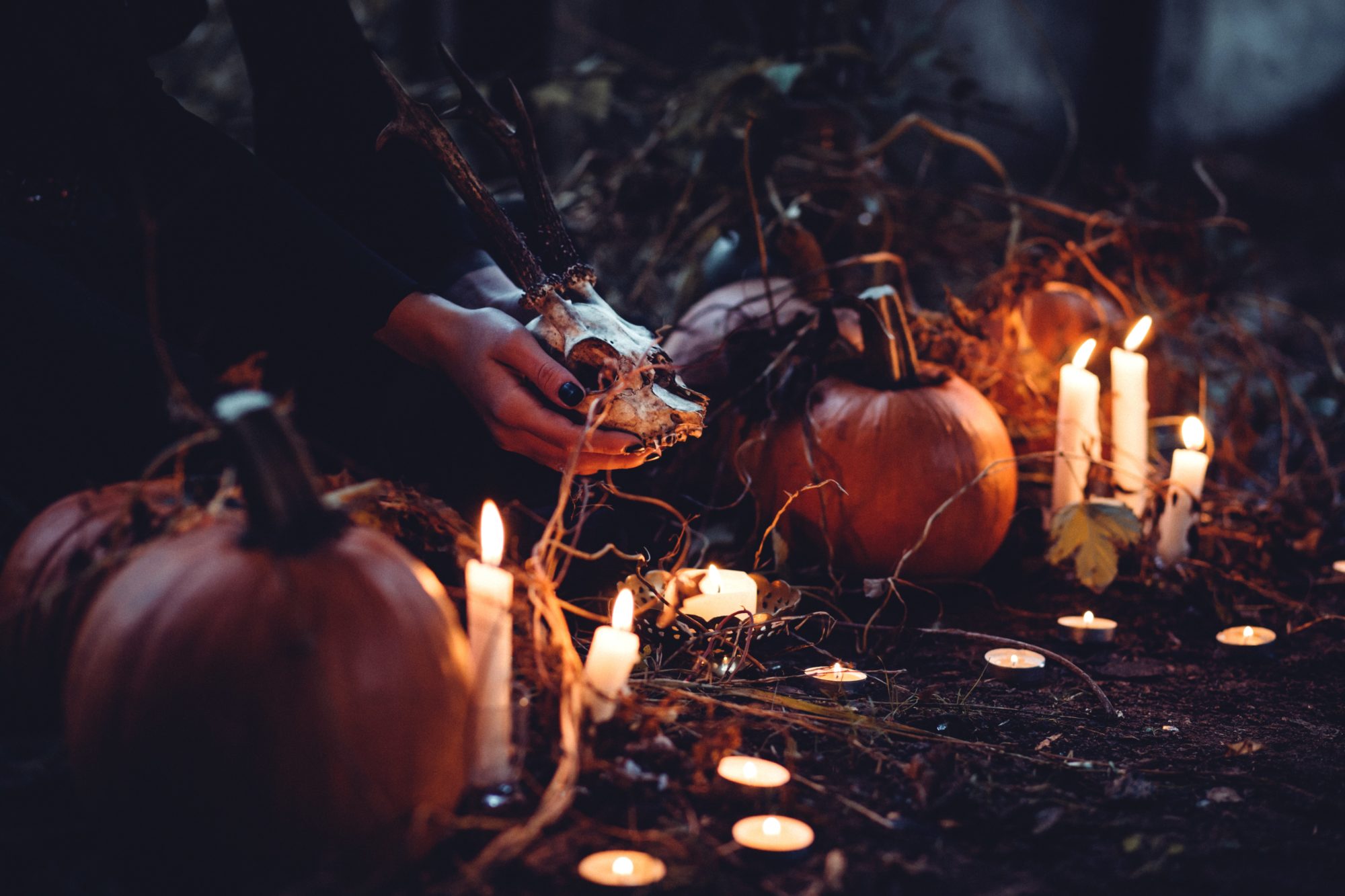This 8th of March is International Women’s day and to celebrate this day, at BigTranslation we want to share the history of some of these authors who, with the passage of time, have left their mark in both prose and in verse.
A number of them are known through their professions as journalists, translators or artists, and others because of their dedication to the literary genre. You will undoubtedly know some of their names, but if you don’t, we’re delighted to introduce you to them.
Mary Shelley
Mary Godwin, later known as Mary Shelley, received an education based on liberal ideals from her father and on feminism from her mother. This upbringing was very different to the strict morals of her time. Mary Shelley wrote in various genres, such as the historical novel, travel diaries and essays. After her death, her most famous novel was: Frankenstein or The Modern Prometheus.
Mary Shelley was an author who was haunted by pain and the tragedy of death. One night in 1816 at the elegant Villa Diodati in the small Swiss town of Cologny, the stories of fear and ghosts which she used as entertainment for her husband and friends turned into a conversation about life and death, and whether life could be produced artificially. It was that same night that Mary Shelley went to bed with the vision of what would become her most-remembered novel.
“I saw the pale student of unhallowed arts kneeling beside the thing he had put together. I saw the hideous phantasm of a man stretched out, and then, on the working of some powerful engine, show signs of life and stir with an uneasy, half-vital motion.”
Frankenstein or the Modern Prometheus. Mary Shelley, (1818).
Oriana Fallaci
Activist, writer and the first Italian female war correspondent, Oriana Fallaci has gone down in history as the reporter par excellence of the 20th century. She made her travels her way of life, turning up wherever there was conflict and questioning the powerful. She covered the Vietnam War, the massacre at Tlatelolco in Mexico and she was at the conflicts between India and Pakistan. Between 1963 and 1964 she spent long periods of time at NASA and, during the second journey to the moon, the astronaut Charles Conrad took a photo with him of the journalist as a child.
As an author, her notable titles include, The Useless Sex (1962), in which her contribution to the feminist movement can be seen, and Interview with History (1986) in which the journalist analyses eighteen public and political figures.
«Loneliness is not always a prison. Sometimes, for some, it is a conquest that defends you from new wounds and insults. Only the weak and poor in spirit are afraid of loneliness and get bored if they are alone. I am not weak.»
Fear is a sin. Oriana Fallaci, Posthumous work
Gabriela Adamesteanu
A distinguished journalist, translator and author of short stories, born in Romania in 1942. In the mid-1980s she received a prize from the Romanian Academy and another from the Writers’ Union for her novel Wasted morning. The story tells the recent history of Romania of the time through the eyes of an old woman who strolls through the streets of Bucharest one morning.
She is the editor of the 22 Magazine, one of the country’s most prestigious publications, and she is an active defender of civil and democratic rights.
«Before, if she’d been cooped up like that for days on end it would have seemed as if the house were falling on top of her. She always used to find a way of going out every day, now to one person, now to another, exchanging a few words, picking up the latest gossip, never returning empty-handed.»
Wasted morning. Gabriela Adamesteanu (1983)
Jurga Ivanauskaitė
A respected contemporary and pioneering Baltic author. Her work addresses the tension between religion, sexuality and emancipation. She was born in Lithuania in 1961, studied fine arts in Vilna, where she published her first book in 1985 Pakalnučių metai (The Year of the Lillies of the Valley).
After her visits to the Far East during the 1990s, she joined the Free Tibet movement and published a trilogy about the spiritual Buddhist practices that she learned from the lamas in Ladakh, Nepal.
Josefina de La Torre
She belonged to the generation of the Hatless Women, the women of the Generation of 1927 in Spanish literature. Born in 1907 in the Canary Islands, she had a musical education and worked as a singer and actress, although she is particularly well-known for her poetry. She wrote her first poem at the age of seven, which she dedicated to the poet Alonso Quesada.
However, her first publication did not appear until the death of Benito Pérez Galdós in 1920. Her first book of poems entitled Versos y Estampas (Verses and Vignettes) was published in 1927. Her home, Las Palmas in Gran Canaria, was always present in her poems, and her desires, her dreams and her memories are reflected there.
During her time in Madrid, Josefina de la Torre was influenced by the Generation of 1927. She also worked as a voiceover artist.
She returned to her beloved island during the Civil War where she continued to write under a pseudonym, this time, she wrote about themes such as escaping.
«We dreamed of a fabulous world.
Together, we would have sown fields,
built fortresses: victorious,
because we both heard the same echo.
Today our children would now be men,
young girls with hope in their smiles.»
Incomplete March. Josefina de la Torre (1968)
These women represent the many women that fought to be heard, fought for liberty and for their rights. On this day, we want to thank the women that came before us for everything they achieved with their fight, and that we can feel truly proud of today. This is our small homage to them 😊



